In today’s fast-paced business environment, effective communication and collaboration are crucial for success. Microsoft Teams has emerged as a leading platform for facilitating these needs, offering a comprehensive suite of tools for modern workplaces. However, transitioning to Microsoft Teams requires careful planning and execution. Having effective migration strategies in place ensures a smooth transition, minimizing disruptions and maximizing the platform’s benefits. Let’s delve into the essential aspects of ‘Migration Strategies Microsoft Teams’ to help your business make a seamless switch.
Preparing for Migration
Before diving into the migration process, it’s vital to assess your current communication and collaboration tools. Determine what works well and identify any pain points your team experiences. This assessment will help you understand your team’s specific needs and tailor the migration plan accordingly.
Creating a detailed migration plan is the next crucial step. This plan should outline timelines, allocate resources, and define responsibilities. Consider key factors such as data security, compliance with industry regulations, and user training. Addressing these considerations early on will pave the way for a successful migration.
Implementing the Migration
Implementing the migration involves a series of carefully planned steps. Start by choosing the right migration method—manual or automated. Manual migration might be suitable for smaller teams, while automated tools can handle larger data sets efficiently.
Next, focus on migrating data, channels, and user accounts. Ensure that all critical information is transferred accurately. To minimize disruptions, follow best practices such as conducting migrations during off-peak hours and keeping stakeholders informed throughout the process.
Clear communication is essential during the transition. Keep your team updated on the migration timeline, potential impacts, and any necessary actions they need to take. This proactive approach will help ease the transition and maintain productivity.
Post-Migration Strategies
Once the migration is complete, evaluate its success by comparing pre-migration and post-migration performance metrics. This evaluation will help identify any issues and areas for improvement.
Training and onboarding are crucial for helping team members get up to speed with Microsoft Teams’ features. Offer comprehensive training sessions and resources to ensure everyone is comfortable using the new tools.
Continuous improvement should be a priority. Gather feedback from users and make necessary adjustments to enhance the platform’s effectiveness. Providing ongoing support and resources will ensure that your team continues to reap the benefits of Microsoft Teams.
In conclusion, effective migration strategies are essential for a smooth transition to Microsoft Teams. By investing time in planning and implementing these strategies, you can enhance your team’s collaboration and communication. Ready to enhance your team’s collaboration? Start planning your migration strategies for Microsoft Teams today and unlock the full potential of your team’s communication! For personalized assistance, feel free to contact us.
